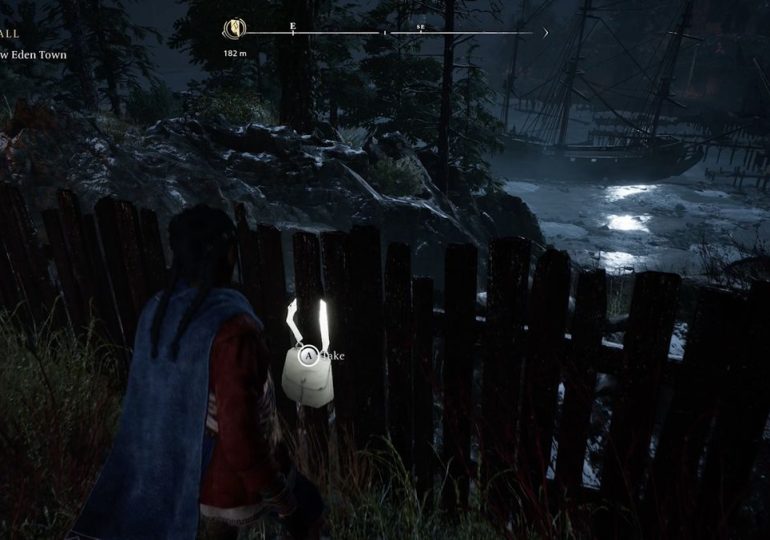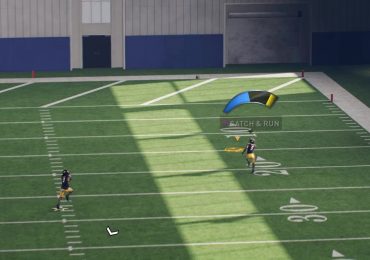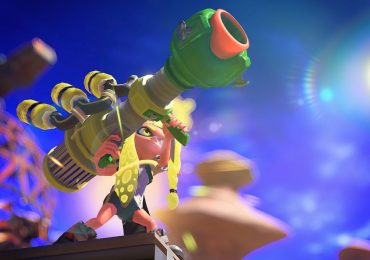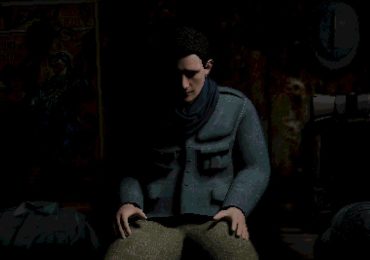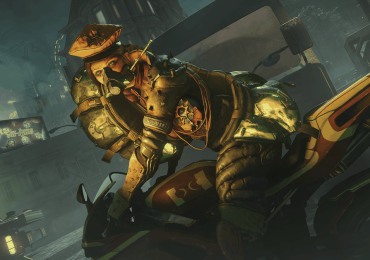Banishers: Ghosts of New Eden drops you into an eerie world of specters and curses. It’s a gentle start, and the game is good about teaching you mechanics as it introduces them, but there are still things we wish we knew when we started.
Our Banishers: Ghosts of New Eden guide will help you get started with tips we’ve picked up from our first 10 hours of playing.
Pick up everything
There aren’t a ton of resources that you’ll find as you wander the world around New Eden, but what you find will be useful. Every hoof fungus, scrap of leather, and lilac hyacinth has a use — namely, gear upgrades and rituals.
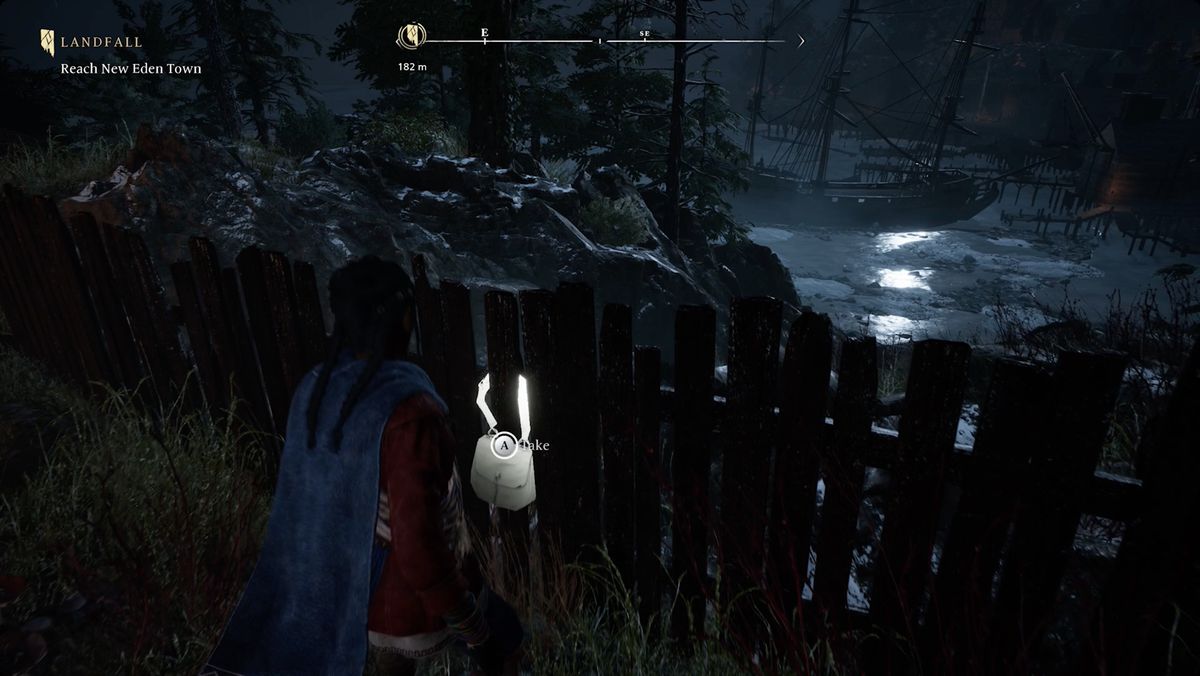
Pick up everything. Even things you don’t know how you’ll use since they’ll probably come up in gear upgrades a little later. Sure, you’ll eventually be carrying 200 wild chervils, but it’s better to have extras than not enough when it’s time for a ritual.
Perform the right ritual for the task
Red has the option to perform three different rituals in the course of his banisher duties: Harken, Make-Manifest, and Summon Scourge. Each has a different use case:
- Harken is to remember something by reenacting a memory
- Make-Manifest makes a ghost reveal themselves
- Summon Scourge… well, Summon Scourge doesn’t come up in the game’s first 10 hours or so.
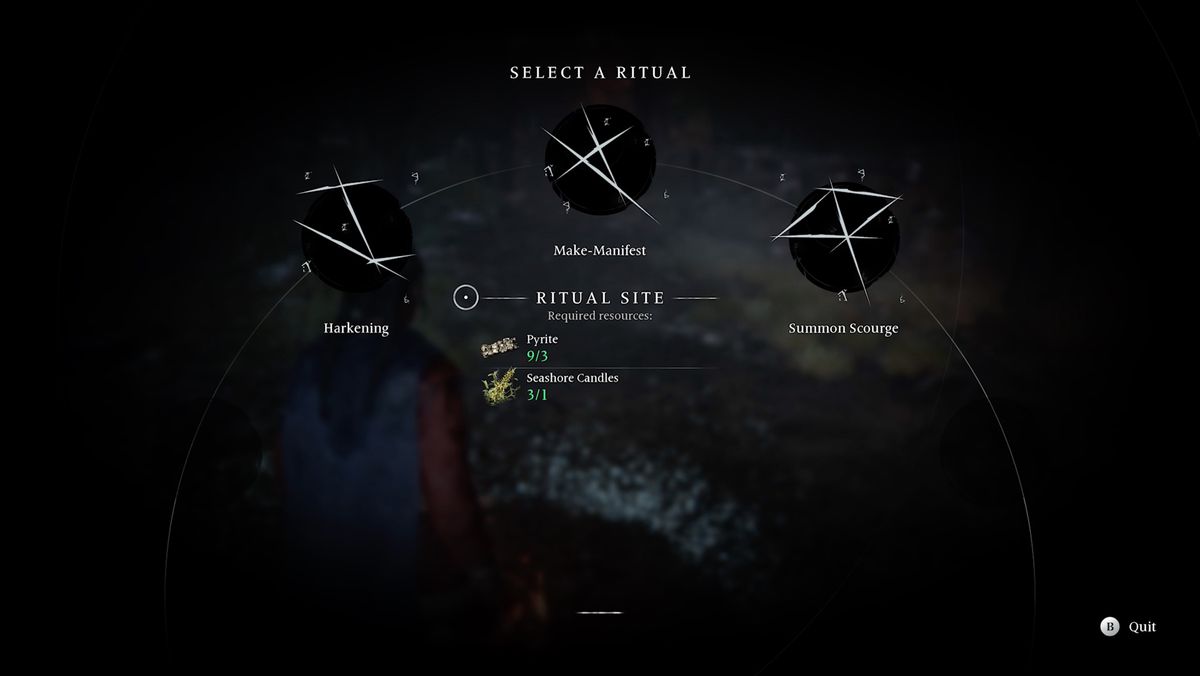
More importantly, there’s no penalty for performing the wrong ritual beyond losing some resources (see above). You can always just try again with a different ritual. In general, though, you’ll use Harken while looking for clues, Make-Manifest for a confrontation, and Summon Scourge to (presumably) summon a scourge later in the game.
Elements of gameplay not being introduced for a while is actually a theme worth mentioning…
Don’t rush the game
Phrases like “narrative-driven” or “narrative-focused” don’t really explain game mechanics, so think of Banishers not as being on rails so much as it is surrounded by bumpers.
Banishers has some of the trappings of both open-world games and action-RPGs — you’re free to wander the map and tackle challenges in any order you want, you’ll find unpassable paths you’ll have to return to later, you upgrade your gear and choose abilities along a skill tree — but don’t approach the game as if it was truly open-world.
It’s guiding you along its story and it will add in mechanics and ways to open those blocked paths on its own schedule. You’re in charge of the pacing — you can wander off if you want to — but the story unfolds in a set order and you’ll get upgrades like a rifle on the game’s own timeline.
One thing you have a little more control over is when to do — and sometimes whether or not to do — haunting cases.
Solve haunting cases for skill points
Haunting cases are quick little side missions where you, in your role as a banisher, investigate a haunting, find hints and intentions, and then dispatch the ghost. Especially early on, many of these are along the main story’s path, but even when they’re optional, they have an important reward — skill points and essences.
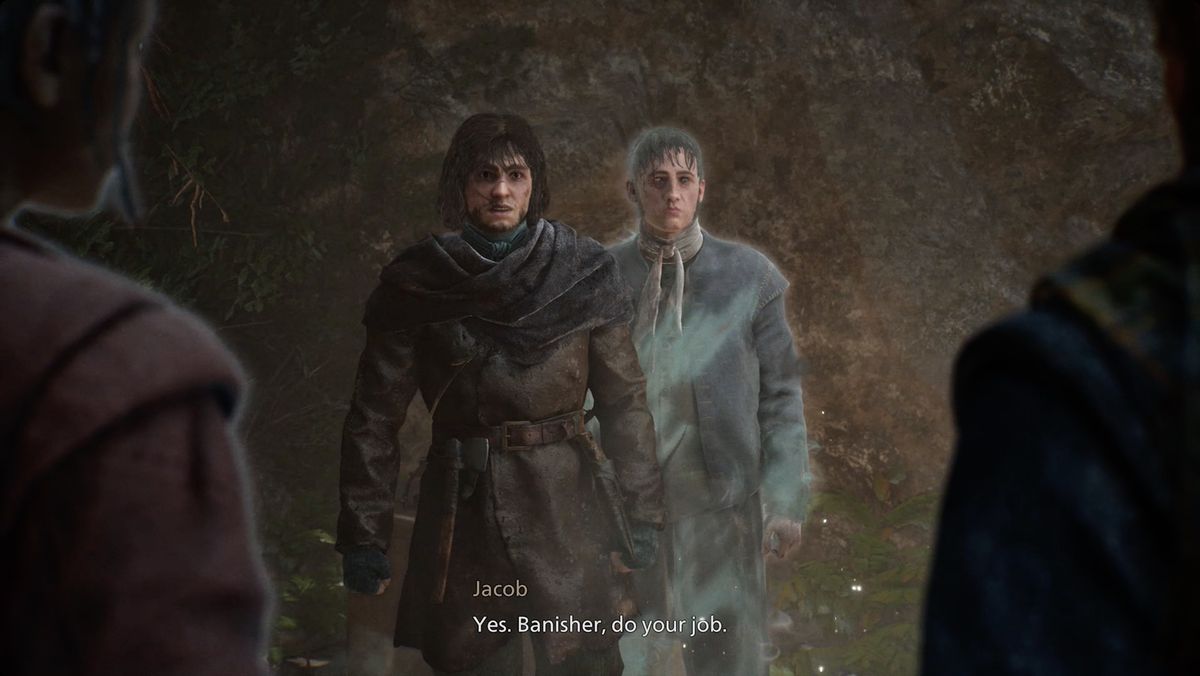
Beyond that, haunting cases figure in to the game’s larger story arc (and moral dilemma), so they’ll further that story along. (For deeper guides, check out our walkthroughs for two early game haunting cases, “The Old Friends” and “The Flesh is Weak.”)
At a campfire where you rest, you’ll have the option to go into your skill tree in the game’s Evolution menu. That’s where you’ll spend skill points and essences to unlock new fighting abilities. You can even switch around skills you’ve already unlocked for free which allows you to…
Experiment with the Evolution skill tree to match your play
During combat, you’ll switch back and forth between Red and Antea to make use of their strengths. Antea is better at punching ghost out of corporeal bodies while Red is better at slashing through ghosts with his banisher weapons. Red can block incoming attacks while Antea ignores opponents’ blocks.
Mixing together your two fighters and their light and heavy attacks takes some getting used to. But you can modify that with the skill trees.
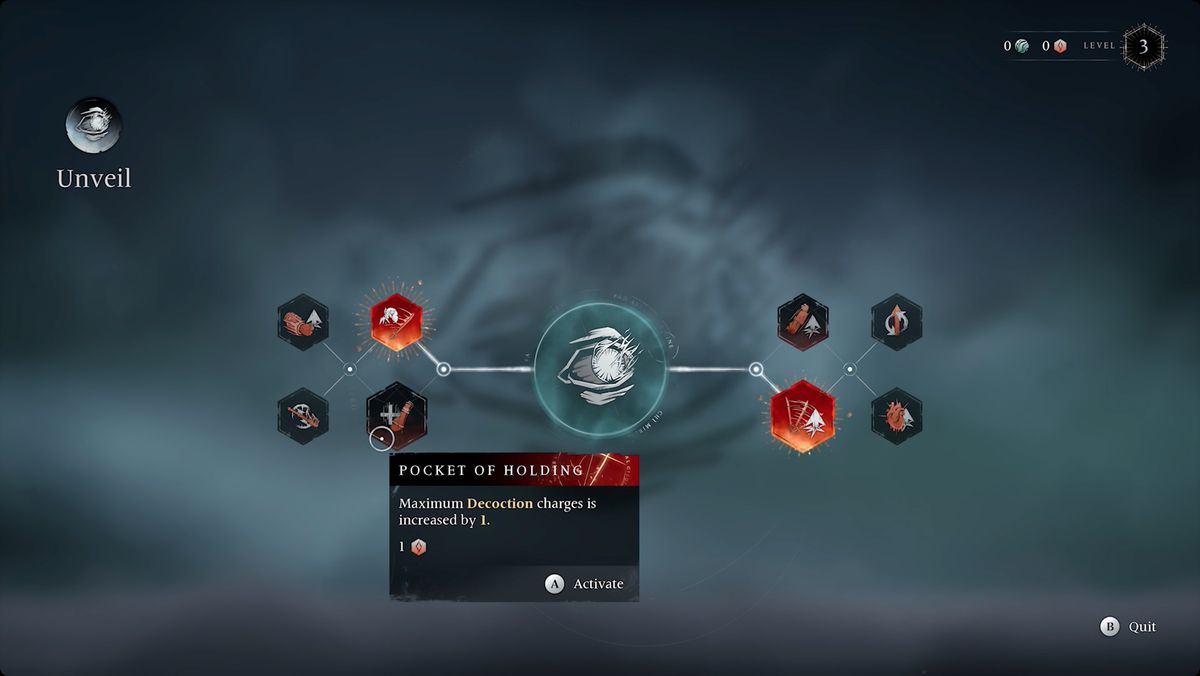
Spending skill points and essences in the skill trees lets you modify how Red and Antea fight. You’ll do things like add a punch from Antea after Red hits three times or adding a charged heavy attack or just getting an extra health decoction.
Skills lie along paths and you can’t chose two branches at the same time. For example, on the Unveil tree, you’ll have to pick either Pocket of Holding for an extra health potion or Tag-Team to add a fourth light attack. You can’t have both. Luckily, at a campfire, you can switch around skills you’ve unlocked freely. Do that. Often. Experiment and find a set of skills that work for you.
Speaking of combat…
Timing dodges is tricky
This isn’t a huge tip, but it’s taken us a long, frustrating time to adjust to it. During combat, when the glowing threat ring switches to red, it means an attack is incoming.
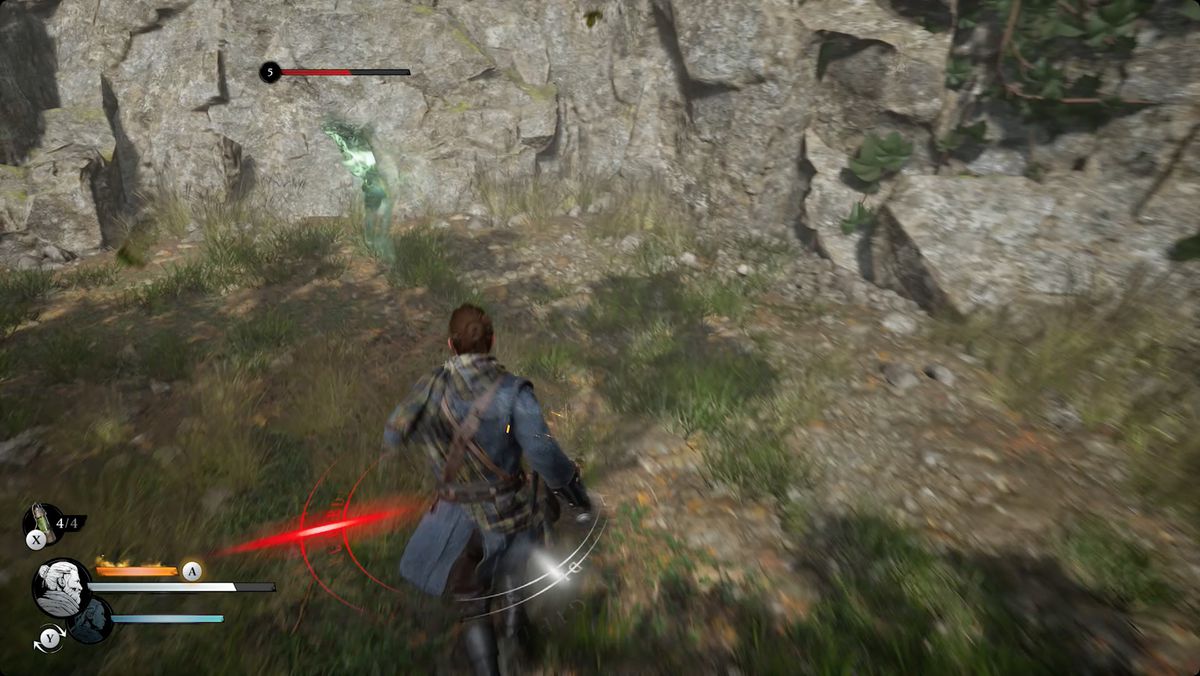
However, if you dodge immediately, that attack will reorient and hit you anyway. Think of it more as “an attack is about to happen” than “an attack is happening.” When you see the red glow, you’ve got a beat or two to before you have to dodge.
